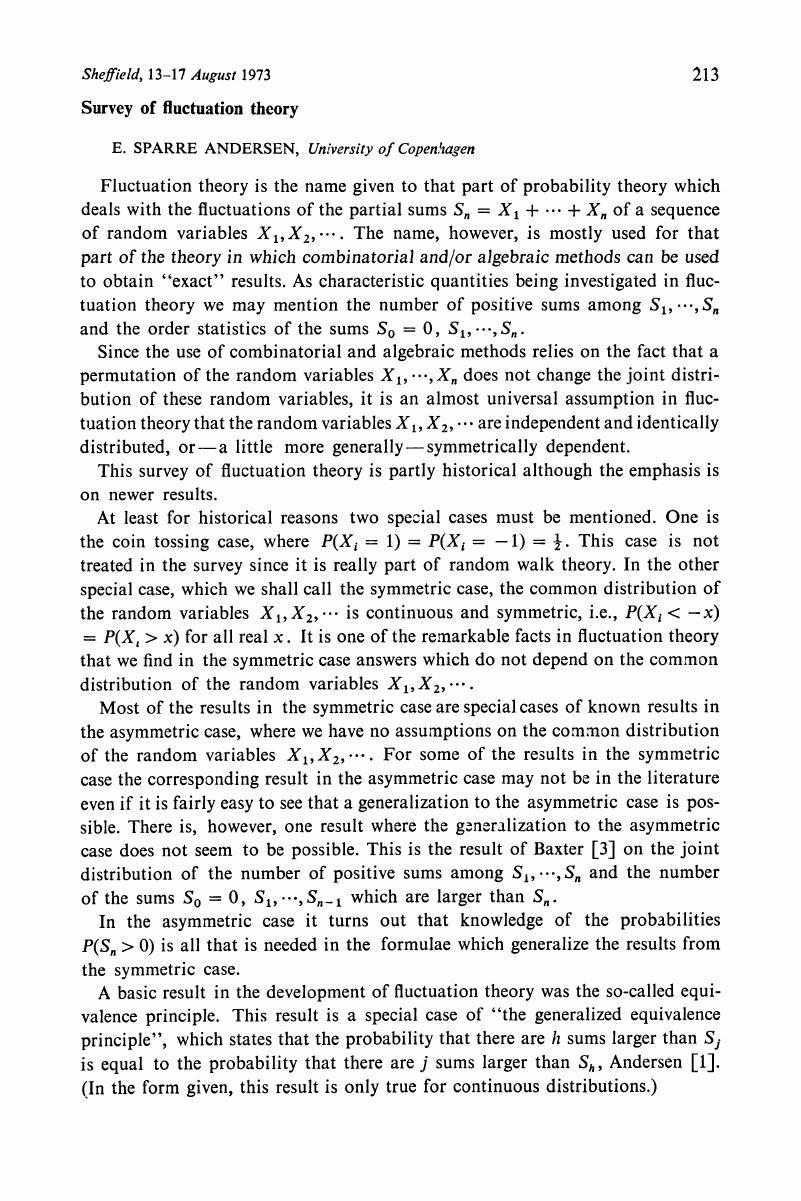Crossref Citations
This article has been cited by the following publications. This list is generated based on data provided by Crossref.
Cooper, K. E.
Gates, P. Y.
and
Eisenberg, R. S.
1988.
Surmounting barriers in ionic channels.
Quarterly Reviews of Biophysics,
Vol. 21,
Issue. 3,
p.
331.
Jog, Varun
and
Loh, Po-Ling
2021.
Teaching and Learning in Uncertainty.
IEEE Transactions on Information Theory,
Vol. 67,
Issue. 1,
p.
598.



